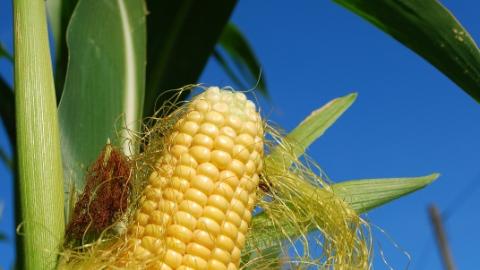Emitter spacing in horticulture : one size doesn’t fit all
The challenge of optimizing water use and yield in horticulture is something that growers contend with every season. When deciding on their irrigation strategy, a traditional approach taken when growing plants with drip systems has been to use emitter spacings between 20 and 30 cm (8 to 12”), no matter what the crop.
The entire article is reserved to subscribers
Click here to subscribe
